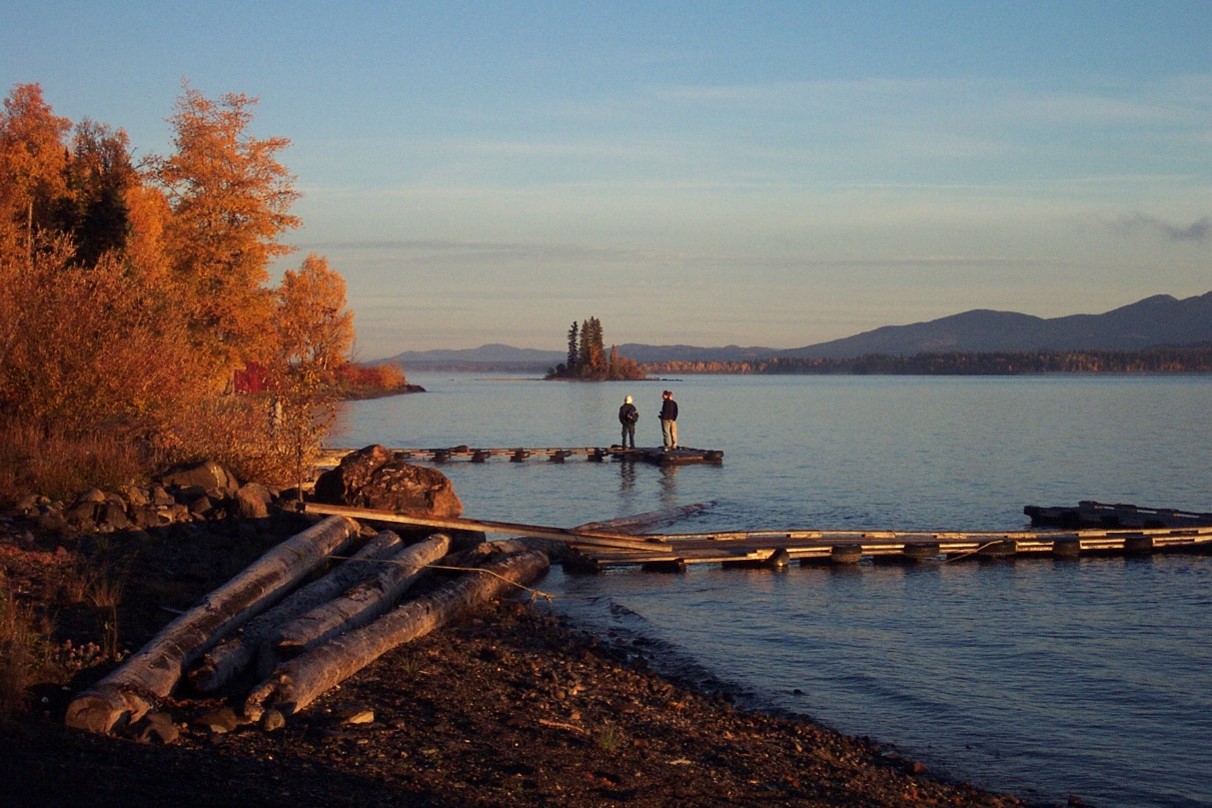Key projected climate change impacts that the project team considered for the John Prince Research Forest include:

- Increased summer and winter temperatures leading to modeled shifts away from the sub-boreal spruce classification variously to climatic zones favoring a mixture of cedar and hemlock, or Douglas-fir.
- Increased risk of drought stress, altered site hydrology, and changing fire regimes, all affecting forest composition, health, and productivity.
- Altered pest life cycles potentially leading to larger and more frequent damaging outbreaks.
Climate change will present challenges and opportunities for accomplishing the management objectives of the John Prince Research Forest, including:
CHALLENGES
- Altered habitat – Species such as hybrid white spruce are at risk of shifted or reduced suitable habitat within the study region. A temporal mismatch in climatic change versus species migration could increase stress and disturbance risk in the interim before a different or novel ecosystem assemblage could establish. A stable and resilient forested ecosystem also may have difficulty establishing in the wake of major disturbance if the extant forest is not sufficiently resilient to absorb the impacts of climate change. There is also the threat that cultural knowledge and practices that are tied to natural ecosystem linkages and processes could be disrupted or lost during such a transition.
- Altered hydrology – Related to habitat changes, climate models predict significant changes to how much and at what frequency and intensity precipitation will arrive in this region. Even with an increase in overall precipitation, variability in delivery, surface runoff (with increased potential for water quality degradation), and evapotranspiration rates means there is an increased possibility of drought stress events during warmer months. Additionally, it is predicted that regional hydrology will be decreasingly driven by snowpack dynamics, as early breakup and more frequent rain on snow events decrease the volume and duration of snow cover, affecting growth dynamics and wildlife habitat.
- Altered fire regime - Stands in the sub-boreal spruce zone historically burn on a 100-200-year interval. As hydrology changes, a shortening or intensifying of this fire cycle by periods of increased drought stress could increase the severity of wildfire, potentially changing community composition, favoring early-seral species such as paper birch and trembling aspen, to the exclusion of later-stage species such as Douglas-fir, hybrid white spruce, and subalpine fir.
- Altered threat interaction - Climate change can increase the risk from endemic and novel pests and pathogens including:
- Blister and gall rusts
- Tomentosus root rot and other root disease
- Dothistroma needle blight
- Mountain pine, Douglas fir, and spruce beetle outbreaks
OPPORTUNITIES
- Altered habitat – Novel habitat suitability can carry the opportunity of new and potentially diverse species compositions, including cedar, ponderosa pine, western larch, and others. Increasing the relative abundance of current and novel species that are adapted to future conditions can produce a more resilient and productive forest.
- Carbon storage – provided there is sufficient additional precipitation, some northern forests may be able to increase in productivity.


